The time students spend in school varies considerably around the world. In addition, so do the different ways in which that time is spent. How much time is enough time is also one of the most debated topics in education systems globally. This month we asked our top global teachers to weigh in. How much time should K-12 students spend at school during a calendar year?
“In Finland, students start school at the age of 7 and spend 5 hours a day in school.” Meanwhile in China, “students start school at the age of 6 and spend up to 9 hours a day in school plus after-school activities and tutoring.” Does this positively or negatively impact student learning? Craig Kemp (@mrkempnz) in Singapore shares his perspectives. Read More.
Miriam Mason (@EducAidSL) notes that a problem in Sierra Leone is girls “going back into less-educated family contexts during the holidays.” This can often be the “danger of being initiated into a secret society, via female circumcision or female genital mutilation.” Does this mean girls in this country should be in school 365 days a year? Read More.
Maarit Rossi (@pathstomath) is content with the amount of time students spend in Finnish schools. But she notes that doesn’t give you the whole picture. What kind of school days do the kids have? Do they have breaks between lessons and places to spend those breaks? And how does the quality of Finnish teaching influence the length of a student’s day? Read More.
In the United States, we seem to have no limit on the “number of education decisions we make that fly in the face of what we know about learning,” writes Michael Soskil (@msoskil). It’s time to use what we know about learning, what we’ve learned from highly successful school systems and input from teachers in the classroom to drive our educational decisions.” Read More.
The state schools in New Zealand take very different approaches to assessment, homework, school hours and learning, writes Richard Wells (@EduWells). Is this matching of “school priorities to local community culture” why New Zealand students feature near the top of world rankings? Read More.
On average in India, a primary school student spends 200 days (800 instructional hours) in school per year. From 6 – 8 years, on average, a child will spend 220 days (1000 instructional hours) in school. Indian children spend more time in school than many of their global counterparts, concludes Rashmi Kathuria (@rashkath). Do longer hours translate to a better education? Read More.
Mexico consistently ranks at the bottom of the PISA test. “There’s nothing here to be happy about,” writes Elisa Guerra Cruz (@ElisaGuerraCruz). Could Mexicans improve their learning outcomes by spending more time in school? “Not likely,” she adds. Read More.
“In the age of electronic media, a school could be everywhere, or it could possibly be nowhere. Either scenario is alarming,” writes Vicki Davis (@coolcatteacher) “We need balance. We need wisdom. And we need to realize that no school is a physical location – with electronic media – schooling can go with us. Or schooling can never happen.” Read More.
Children spend a lot of time studying in school for different reasons, writes Nam Ngo Thanh (@mrnamvas) in Vietnam. This includes the fact that working parents need somewhere to send them. He believes that if schools feel “like a second home,” people won’t worry as much about how much learning is enough. Read More.
Top Row L to R: Armand Doucet, Craig Kemp, Richard Wells, Elisa Guerra Cruz, Jim Tuscano, Carl Hooker
Middle Row L to R: Jelmer Evers, Maarit Rossi, Koen Timmers, C.M. Rubin, Michael Soskil, Miriam Mason-Sesay
Bottom Row L to R: Nadia Lopez, Rashmi Kathuria, Shaelynn Fransworth, Adam Steiner, Vicki Davis, Warren Sparrow
Join me and globally renowned thought leaders including Sir Michael Barber (UK), Dr. Michael Block (U.S.), Dr. Leon Botstein (U.S.), Professor Clay Christensen (U.S.), Dr. Linda Darling-Hammond (U.S.), Dr. MadhavChavan (India), Charles Fadel (U.S.), Professor Michael Fullan (Canada), Professor Howard Gardner (U.S.), Professor Andy Hargreaves (U.S.), Professor Yvonne Hellman (The Netherlands), Professor Kristin Helstad (Norway), Jean Hendrickson (U.S.), Professor Rose Hipkins (New Zealand), Professor Cornelia Hoogland (Canada), Honourable Jeff Johnson (Canada), Mme. Chantal Kaufmann (Belgium), Dr. EijaKauppinen (Finland), State Secretary TapioKosunen (Finland), Professor Dominique Lafontaine (Belgium), Professor Hugh Lauder (UK), Lord Ken Macdonald (UK), Professor Geoff Masters (Australia), Professor Barry McGaw (Australia), Shiv Nadar (India), Professor R. Natarajan (India), Dr. Pak Tee Ng (Singapore), Dr. Denise Pope (US), Sridhar Rajagopalan (India), Dr. Diane Ravitch (U.S.), Richard Wilson Riley (U.S.), Sir Ken Robinson (UK), Professor Pasi Sahlberg (Finland), Professor Manabu Sato (Japan), Andreas Schleicher (PISA, OECD), Dr. Anthony Seldon (UK), Dr. David Shaffer (U.S.), Dr. Kirsten Sivesind (Norway), Chancellor Stephen Spahn (U.S.), Yves Theze (LyceeFrancais U.S.), Professor Charles Ungerleider (Canada), Professor Tony Wagner (U.S.), Sir David Watson (UK), Professor Dylan Wiliam (UK), Dr. Mark Wormald (UK), Professor Theo Wubbels (The Netherlands), Professor Michael Young (UK), and Professor Minxuan Zhang (China) as they explore the big picture education questions that all nations face today.
The Global Search for Education Community Page
C. M. Rubin is the author of two widely read online series for which she received a 2011 Upton Sinclair award, “The Global Search for Education” and “How Will We Read?” She is also the author of three bestselling books, includingThe Real Alice in Wonderland, is the publisher of CMRubinWorld and is a Disruptor Foundation Fellow.
Follow C. M. Rubin on Twitter: www.twitter.com/@cmrubinworld


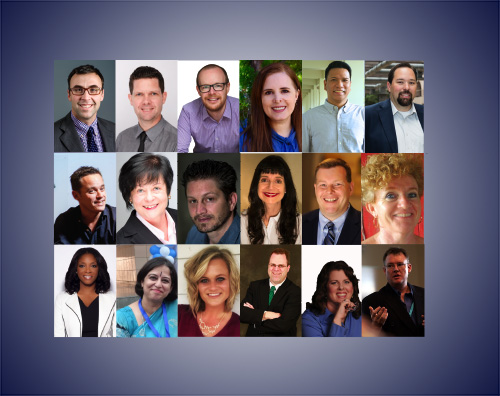
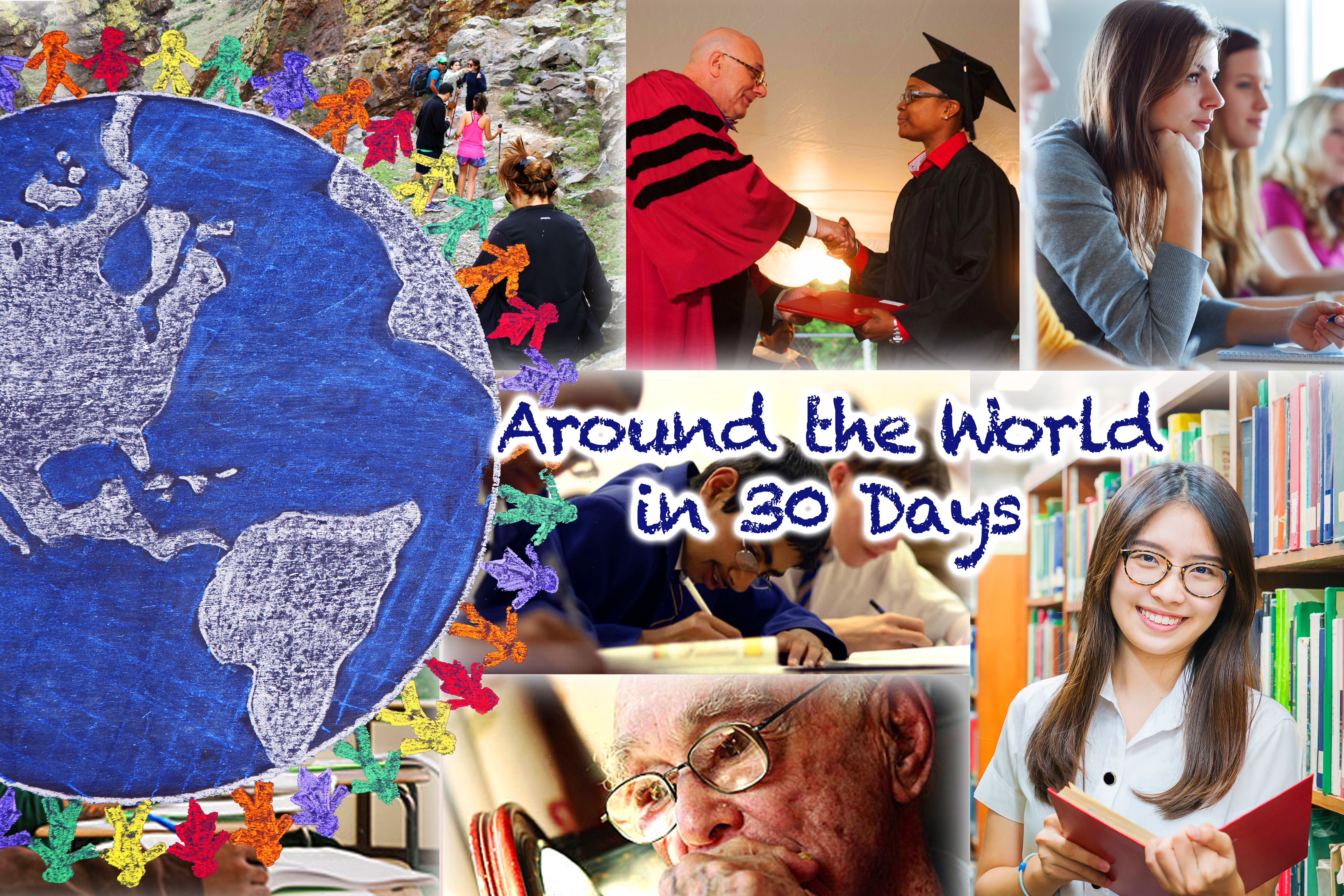
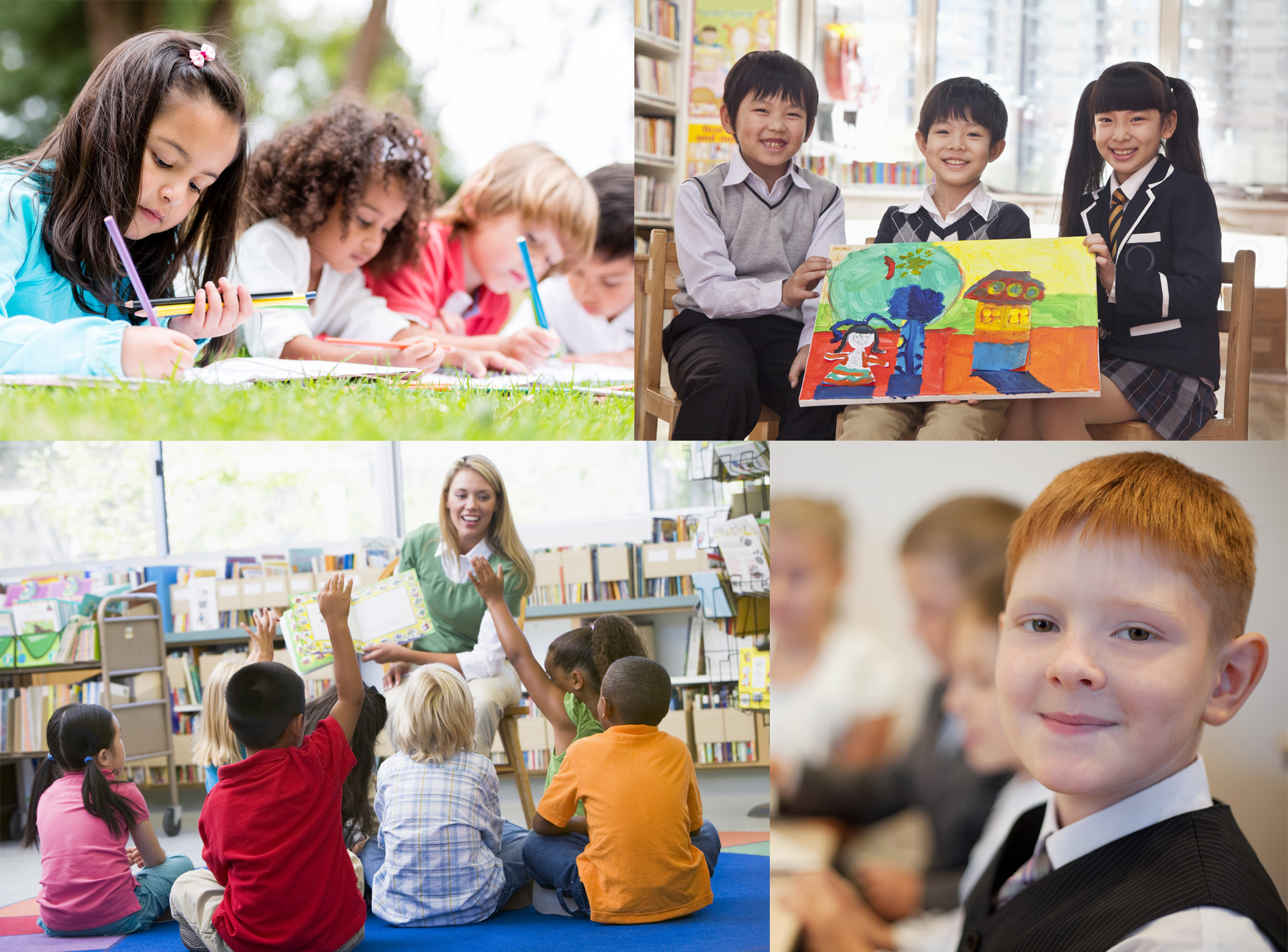
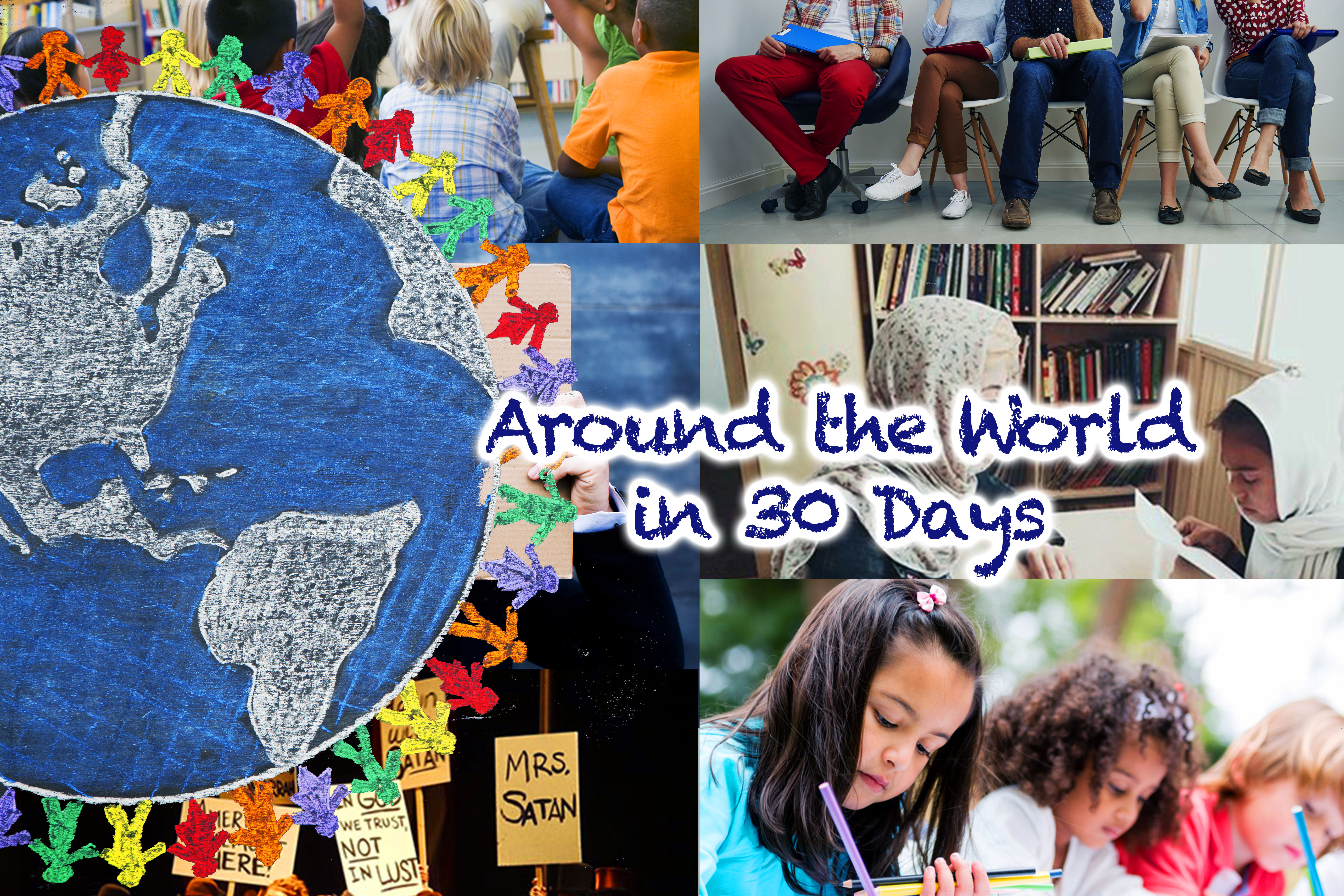
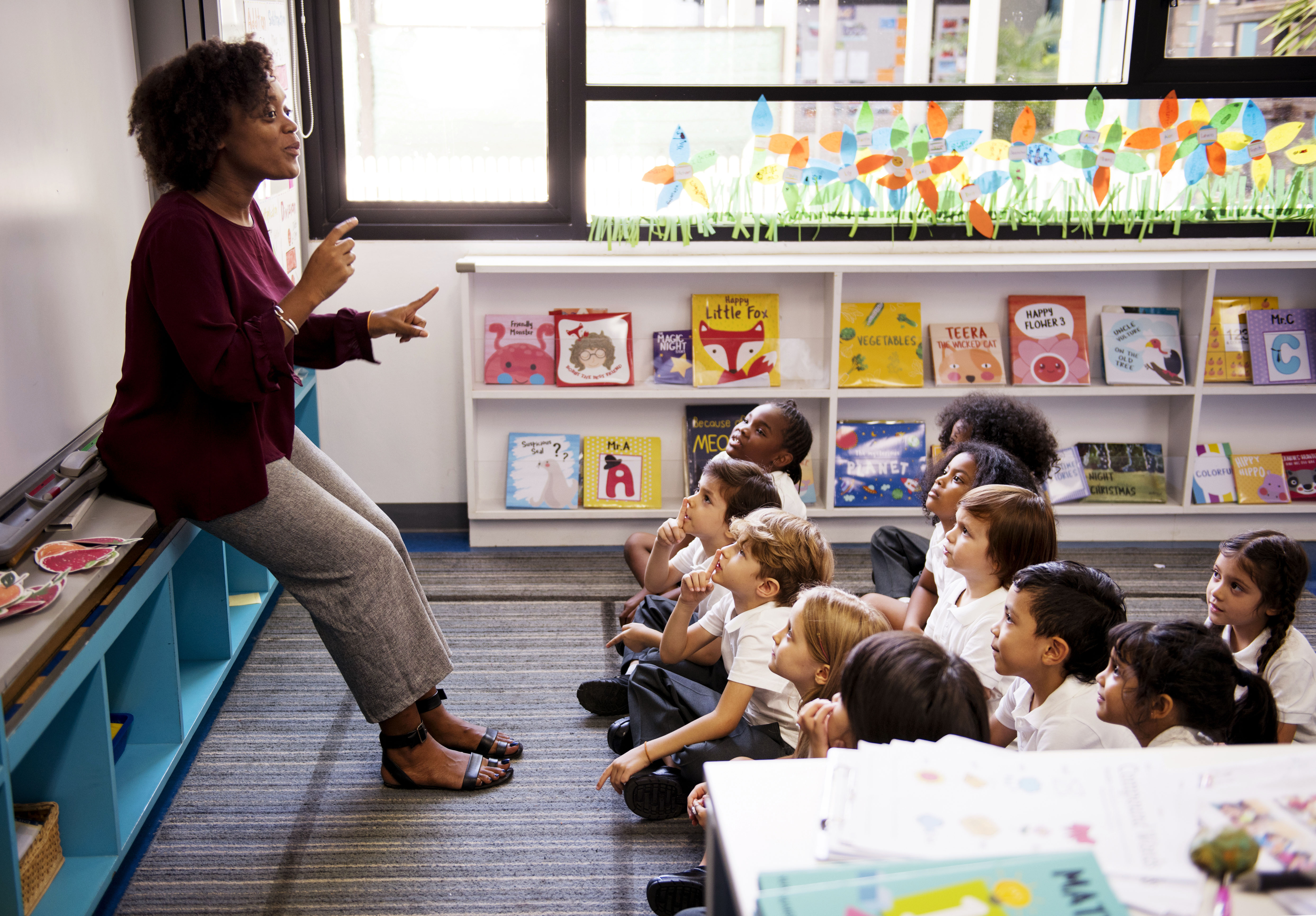
Recent Comments